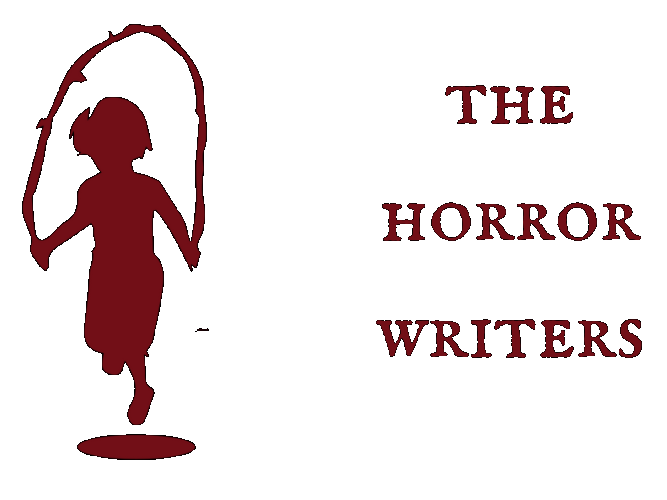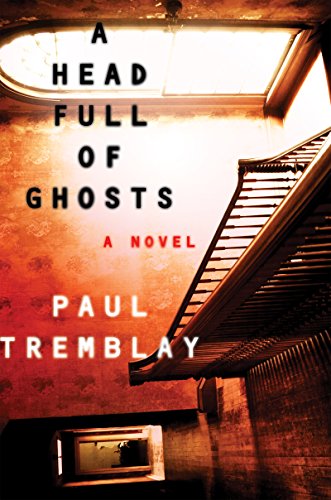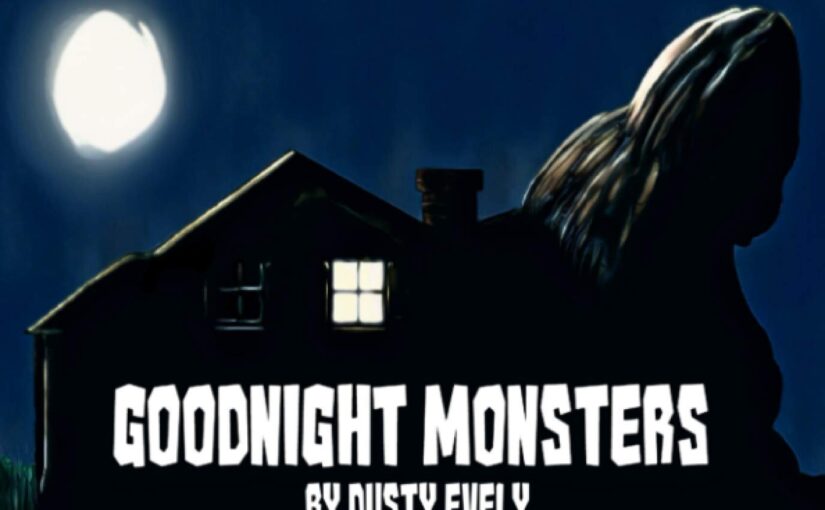
Papercuts: A Passage In Black
By Ryan “HB” Mount
**Spoiler Free Review**
As the fall approaches and the cool air fills the night, we all start to think about what lies ahead. For many, Halloween is around the corner and horror movies begin to dominate our watching experiences. However, this year, the best scary stories won’t be on film, but will be told on black and white pages. That is because author, Cullen Bunn, releases his newest work, A Passage In Black.
Cullen Bunn may be most known for his works in comics. Currently he is writing Marvel’s X-Men, but has been working in comics for years not only at Marvel, but also at DC, Oni, and Darkhorse. However, he is no stranger to the horror genre as he is currently writing Harrow County which perhaps has the title of best ongoing horror comic being currently published.
A Passage in Black is collection of 27 short stories, which include 8 brand new, never published tales and 19 previously only available in small press.
If you are like me and grew up on Scary Stories to Tell in the Dark series, you have been wanting to more of these tales since your childhood and every time there is mention of reviving the series or bringing it to screen, you scream in delight. If you are like me, then you know it has been awhile as well. And A Passage in Black fills that similar of itch of feeling terrified one moment and grossed out in another, whether by words or haunting imagines.
The themes of the tales are all over the place. There are stories if old women in the woods, cannibals in the country, and ghost children who come out in the rain. There are also completely absurd chapters than include mutant testicles and killer frogs. No matter your brand of horror, there are stories that you will enjoy.
Not only will you enjoy the actual stories, but Bunn gives readers a peak behind the horror show curtain. At the conclusion of most stories, Bunn lets the readers in on his inspirations behind them. Sometimes, it’s about a pond near his childhood home and other times it all started with one line or one small concept. While, some may wish to not know, you can read them as if you were watching directors commentary on a movie. It is not for everyone, but I will say, after reading “Cold Snap” I was glad to have it there as it may have been the scariest one in the world for me, a soon to be father and Bunn himself shares those reservations after writing it.
While A Passage In Black is certainly not a graphic novel, the book does include 23 illustrations to accompany most of the stories. These are certainly reminiscent in style to the Scary Stories, the art from Tim Mayer is the perfect pairing. All the illustrations are black and white and scratchy which gives it an unfinished look. The unfinished style is like looking at the difference of a brand-new home versus one that is decaying and run-down. It tonally made sense for the book and will help give you nightmares if you are reading before bed.
I promised to keep this review spoiler-free, so any more information would lessen the absolute joy I had while reading A Passage In Black. It is very hard to compare this full length book to what we normally review for this column, but this was the absolute best work I have read since launching the column.
This is a must own for any real horror fan.
A Passage in Black will be released THIS FRIDAY, October 6th from OmahaBound.com There will be 100 limited edition hard covers available there or head over to amazon.com and order a paperback copy.
I implore everyone to order their copy.
And please check out the other works by the wonderful work from Cullen Bunn at cullenbunn.com and follow him on twitter at @cullenbunn. You can find Tim Mayer’s work over at timmayerart.com . And an additional thank you to Tim Benson at OmahaBound, who got this into my hands, and make sure to follow him on twitter @TBRAMBLIN to see all the great projects he has going on.
And if it was not obvious…
Ratings: 5 out of 5 (actually, can I give a 6 out of 5?)
If you like what you read, make sure to like it and share it on all your social media platforms. If you want to suggest a book to review, make sure to tweet at me @hebruise . Make sure to follow me and check out all my comics work at horror-writers.com (@horror_writers) and over at twoheadednerd.com (@twoheadednerd)




